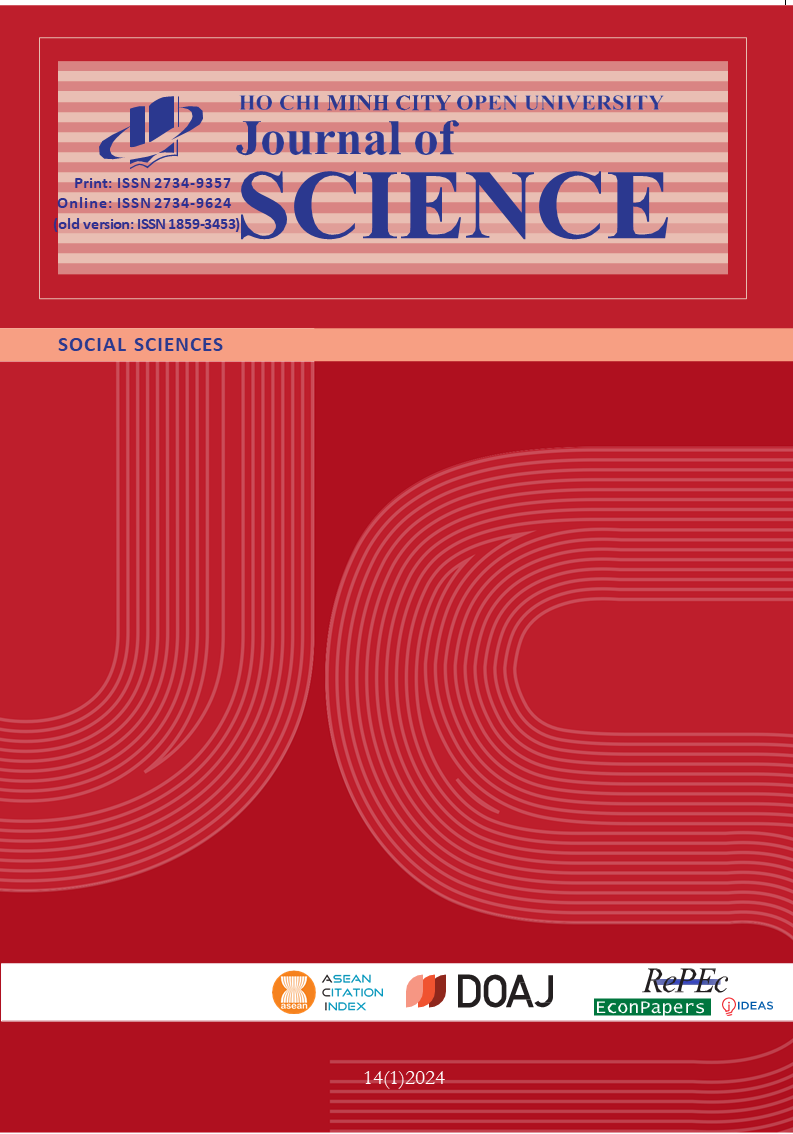Cognatic portrait of the indigenous languages of Tabuk City, Kalinga, Philippines
Tóm tắt
Tabuk City in Kalinga, Philippines is a melting pot of diverse ethnolinguistic groups. Kalinga alone is known for its unique 46 ethnic groups, which include nine (9) in the locale of Tabuk City - Biga, Culminga, Dallak, Ga’dang, Guilayon, Malbong, Minanga, Nanong, and Tobog. Observations tell that these indigenous languages profess similarities that members of these groups do understand each other though they make use of their own indigenous language.
Hence, the study aimed to portray the linguistic cognates among the indigenous languages in Tabuk City, Kalinga. Specifically, the study found that there are cognates among the indigenous languages in Tabuk City as to lexical, morphological, and syntactic features. As to lexical features, there are cognates in the categories of counting numbers, pronouns, body parts, living things, and non-living things. On morphological features, there are cognates as to word formation processes, while as to syntactic features, cognates are found in the resemblances in sentence structures among the identified indigenous languages. Significantly, the study provides reference material for Mother-tongue teachers in teaching indigenous languages.
Finally, the study illustrates in a cognate map that Malbong, Nanong, Minanga, and Tobog indigenous languages denote higher resemblances as compared to the cognates among Biga, Culminga, Dallak, Guilayon, and Ga’dang.

